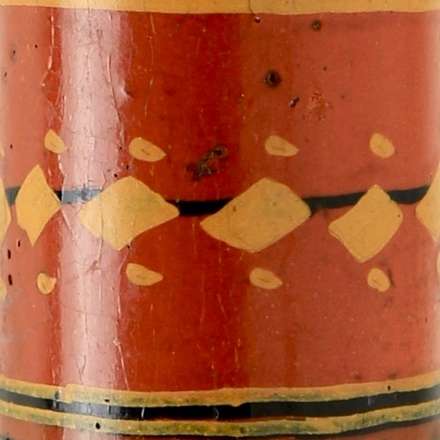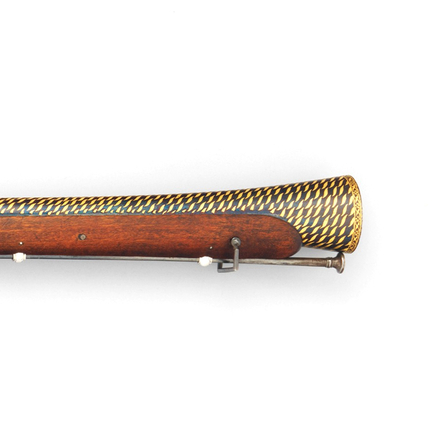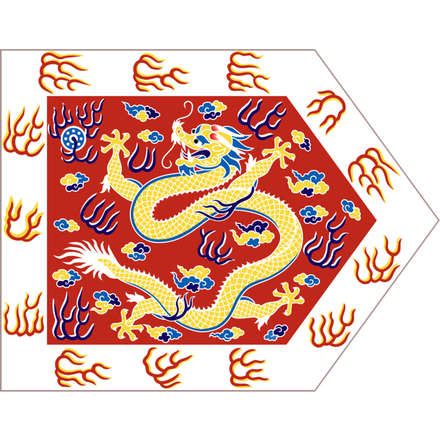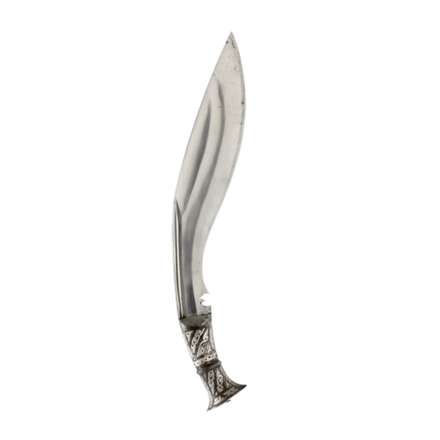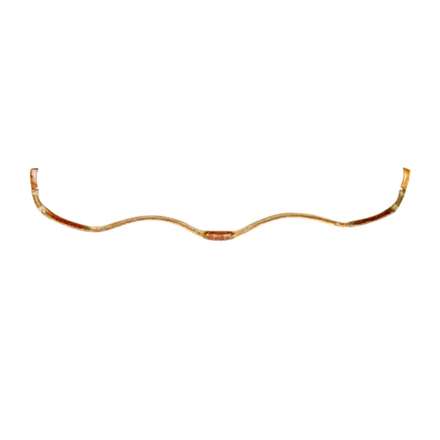Alternative spelling for bichuwa.
An armory in Rajasthan, north India
A Sinhalese decorative motif in lacquer that consists of diamond shapes.
Nepali word for the handle of a khukuri.
A group of sword makers in Bizen, Japan, active in the Muromachi period.
Description
The blunderbuss originated in 17th-century Europe. Its name comes from the Dutch word donderbus, literally "thundercan".
Sinhalese term for a decorative motif that resembles the leaf of a sacred fig tree.
A fig tree under which the Buddha attained enlightenment.
Bolo simply means knife and is usually used to describe a wide range of Philippine single-edged machete-like tools and weapons.
A Qing military and administrative division.
A Qing military and administrative division.
A Qing military and administrative division.
A Qing military and administrative division.
A variation of khukri with a short, broad blade.
A type of axe associated with the Khond people of India.
Nepali word for embroidery; braid; filigree work.
English name for the húdiédāo (蝴蝶刀)
Chinese for a ranking badge worn by civil and military officials
Nepali word for the small fire striker often carried in the scabbard of a khukurī.
Old Javanese for a type of arrow with a wheel attached.
Chinese term for "long saber".
A famous bow making shop in Chengdu, active until the 1960s.
Alternative spelling for chilanum, a South Indian type of dagger.



